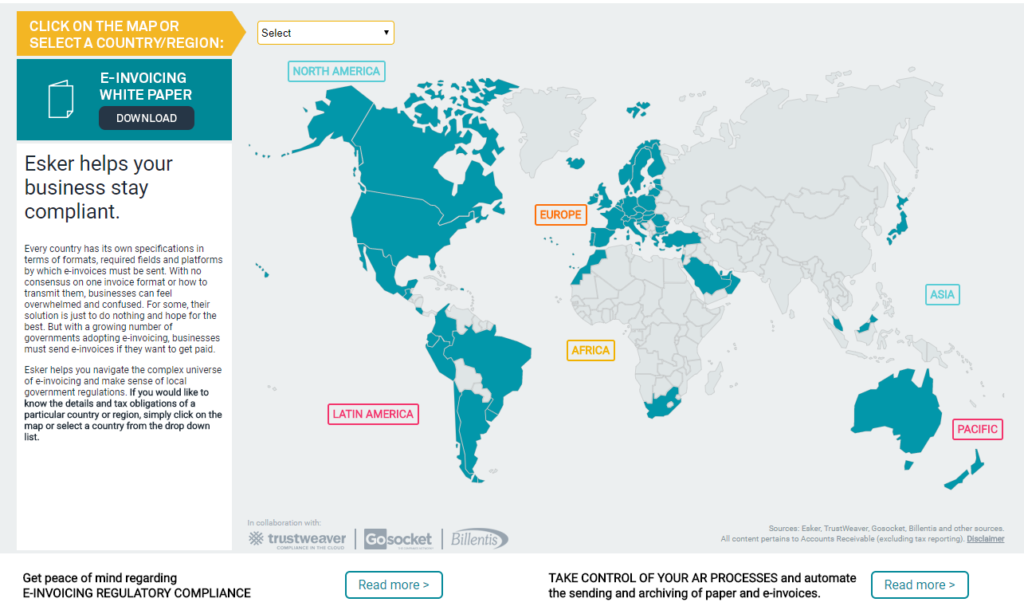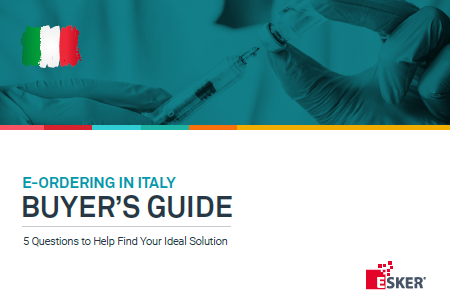As you are probably aware, the Italian government recently changed the Italian invoicing rules by making B2B/B2G e-invoicing mandatory. All e-invoices now have to be transmitted through the SDI (Sistema De Intercambio) platform.
To quote Bruno Koch from Billentis, “Italy was the first country in the European Union to legislate mandatory e-invoicing between private businesses using a clearance model regime. The regulation was put in place to not only prevent VAT fraud, but also to simplify administrative processes. As of 1 January, 2019, businesses of any size must generate EDI invoices in a Fattura-PA format and submit them to the tax authority platform for delivery to their customers. They are also required to manage Fattura-PA invoices from their suppliers received via the tax authority platform. Businesses had to either find a partner to automate EDI-invoicing, manually key in invoices into a web portal, or build their own direct connection at their own expense. The sanctions for non-compliance result in heavy fines.”1
If you wish to find out more about the ever changing e-invoicing rules and regulations, Esker’s clever compliance map can show the variations between different countries.
Or this handy video from TrustWeaver can help to make things a lot clearer. Furthermore, Esker can help! We can provide the solutions to make all of your organisation’s e-invoicing globally compliant.
Further to e-invoicing, a decree from the Italian Ministry of economy and finance (MEF) published at the end of 2018 means that e-ordering will also become mandatory for all Italian public hospitals (SSN or Servizio Sanitario Nazionale) from 1st February 2020.
Here is a brief overview of the new e-ordering rules:
- Electronic orders will have to be sent through the new NSO platform (Nodo Smistamento Ordini), and hospitals suppliers will also have to receive orders in electronic format
- The Italian government chose the PEPPOL BIS 3.0 format (UBL 3.0) for those electronic orders
- The NSO platform will be interconnected with the PEPPOL platform
Could this be one step further towards a fully digital O2C cycle for all businesses? It certainly seems as though Italy is well on its way to a digital O2C cycle.
Thankfully, Esker’s Order Management solution can provide compliance with these new rules, and take away the headache of keeping up to date with changes and updates to regulation.
If you would like to find out more about the new e-ordering rules in Italy, and how Esker can help your organisation to stay compliant, you might find it helpful to download and read the new e-Ordering in Italy Buyer’s Guide. Or get in touch with Esker today, we’d love to help you.
References: 1Bruno Koch, The E-Invoicing Journey 2019-2025, (The Billentis Report 2019), p. 7



